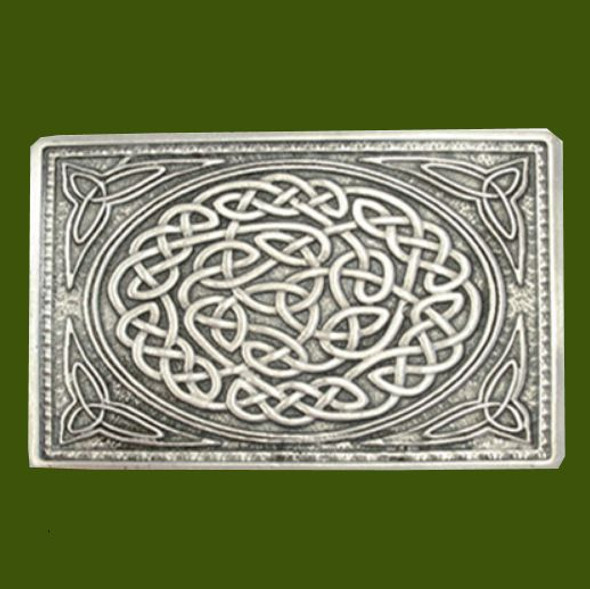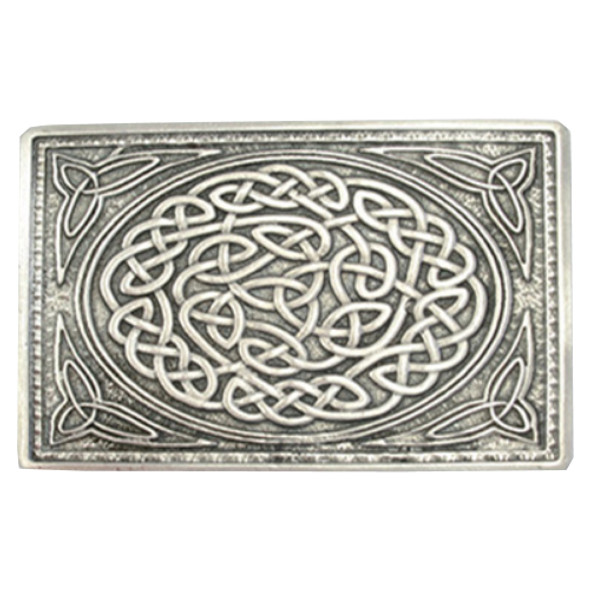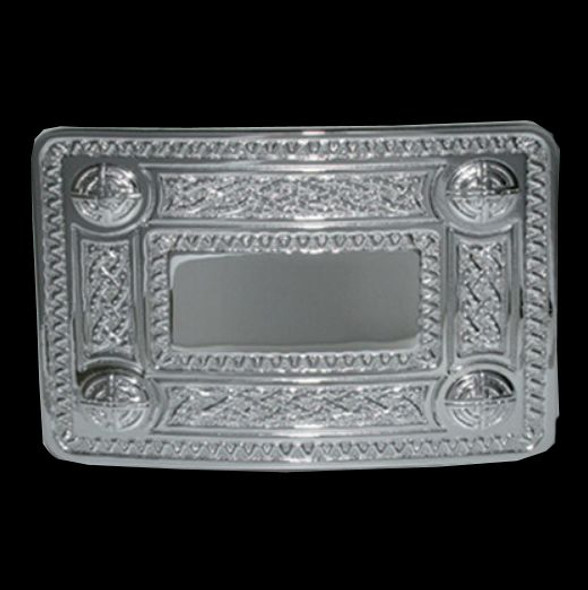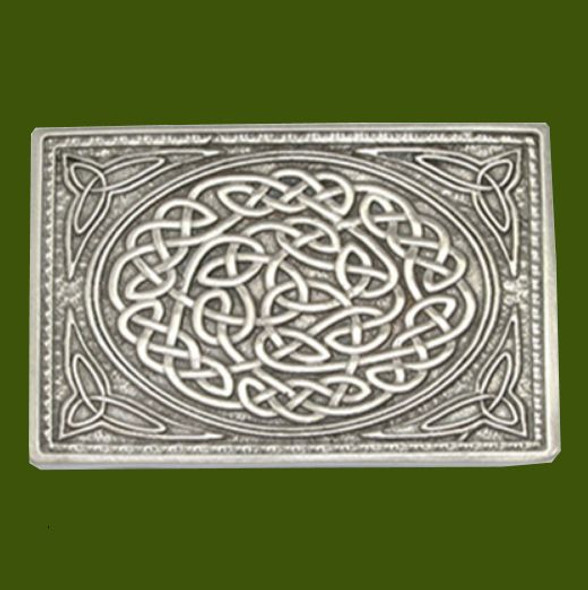Description
Celtic Knotwork Polished Finish Mens Stylish Pewter Utility Kilt Belt Buckle
Stylish Pewter Utility Belt Buckle
Polished Finish Utility Mens Belt Buckle
measures 65.00mm (2.55 inches) x 95.00mm (3.74 inches)
Celtic Knotwork Design
This Celtic Knotwork Kilt Belt Buckle is expertly crafted with beautiful Stylish Pewter. Elaborately and a very bold and detailed and given a polished finish.
This belt buckle measures 65.00mm (2.55 inches) x 95.00mm (3.74 inches). Suitable for a mens kilt belt 2.25 inches (57.15mm) wide. Not suitable for military regulation belts. Specifically designed for "Roller Utility Kilt Belts, please see photographs for the reverse side of the buckle. This design is also available with other finishes, please see my other store listings.
PLEASE ENQUIRE
This handcrafted Belt Buckle will become family treasures that will last through the ages!
Questions welcome at anytime, my door is always open for assistance.
A BRIEF HISTORY OF THE CELTS
For 800 years the Celts were the most powerful people in central and northern Europe. There were many tribes of Celts who spoke related languages, shared similar customs and beliefs, and created works of art in closely connected styles.
Invaders, such as the Romans, eventually drove them from their lands, although they never managed to conquer all the Celts, with parts of Scotland, Wales, Cornwall and Ireland continuing under Celtic rule until about AD1100.
It is in these lands that Celtic art and designs survived, carved into stone crosses and discovered on jewellery and ornaments. Religious scholars and monks adopted the traditions of Celtic art, creating illuminated texts such as the Book of Kells.
The Celtic Cross evolved, with the circle that surrounds the cross symbolising the 'great wheel of life" and knotwork denoting the binding of the soul to the world.



















